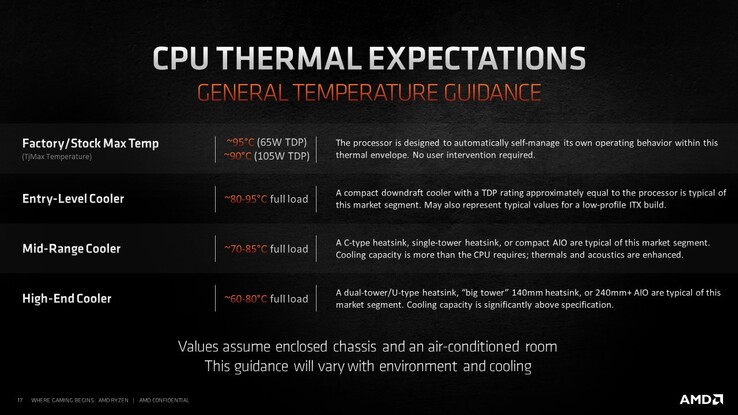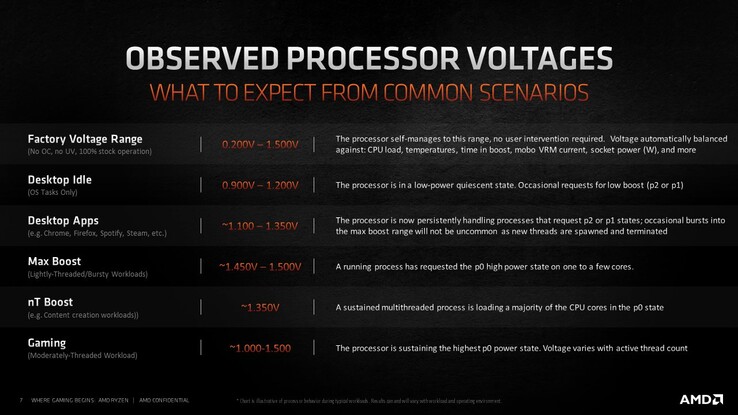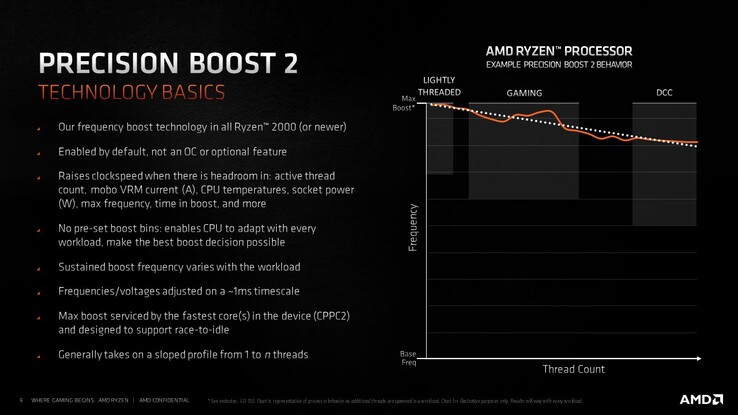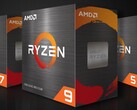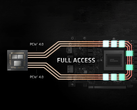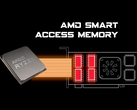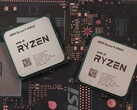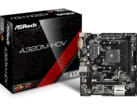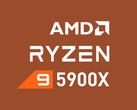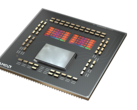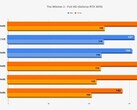While the Ryzen 5000 desktop CPUs are receiving praises across the board, some reviewers still could not figure out certain details, so AMD quickly tasked its director of technical marketing Robert Hallock to provide more info that can hopefully make things even clearer.
Here is a list with the hot issues touched upon Hallock in his tweets:
- Ryzen 5000 Series doesn't need a power plan. Don't expect to see one. He later added: “Just run Win10 build 2004 (or newer) and you're gucci. The Windows Balanced plan will be fine.” Furthermore, “preferred cores [feature] is still there. It's the best and fastest way to boost, especially on lightly-threaded workloads. But there's no need for a plan to enhance the default settings now.”
- Yes, it can clock to DDR4-4000 1:1 if you have a good sample. Upcoming AGESA updates will make this easier.
- You CAN tweak Ryzen perf vs. power with the Win10 Power & Sleep slider AFTER you install the chipset driver.
- Is the memory controller the same? YES. Hallock later specifies that “everything you know about memory from the Ryzen 3000 Series still applies. Everything. In full. Except the ceiling is now +100MHz higher @ DDR4-4000 for good samples.”
- Do you need a new AGESA for pre-5000 Series CPUs? “No. Not really. Stay on the BIOS you have.”
- Hallock provides more detailed slides with CPU thermals and voltages (see below).
- When it comes to RAM preference, Hallock links to his reddit post that essentially explains that:
- DDR4-3600 continues to be the sweet spot, even though most CPU samples will be able to handle DDR4-4000.
- DDR4-3600 to 3800 with tight timings should be best for OC
- DDR-3200 is still a good choice, especially if it can be OC-ed
- I see this a lot: "precision boost is automatic overclocking." No. False. Wrong. Precision Boost is our boost technology. Every processor has a boost technology. But ours is unique in that X THREADS do not equal Y CLOCKS. Why? Because that is SLOW. Hallock again provides a more detailed slide for this issue (see below) and also mentions that the new CPUs do not support per-core overclocking.
- “But Robert, where is undervolting? Answer: IT'S GONE. j/k. Temporarily gone for 5000 series. It'll be back in an upcoming AGESA with new functionality. ;) It's gonna be HYPE. Y'aint never seen undervolting quite like this.” There is a rumor that we could see per-core undervolting.
AMD also published some expected features for future future AGESA updates that include:
- the aforementioned undervolting feature
- tweaks that help capable samples reach that 2000 Mhz fabric clock in a more stable way
- additional functionality tuning for benchmarking under extreme OC conditions (e.g. LN2)
Source(s)
Loading Comments
I first stepped into the wondrous IT&C world when I was around seven years old. I was instantly fascinated by computerized graphics, whether they were from games or 3D applications like 3D Max. I'm also an avid reader of science fiction, an astrophysics aficionado, and a crypto geek. I started writing PC-related articles for Softpedia and a few blogs back in 2006. I joined the Notebookcheck team in the summer of 2017 and am currently a senior tech writer mostly covering processor, GPU, and laptop news.





